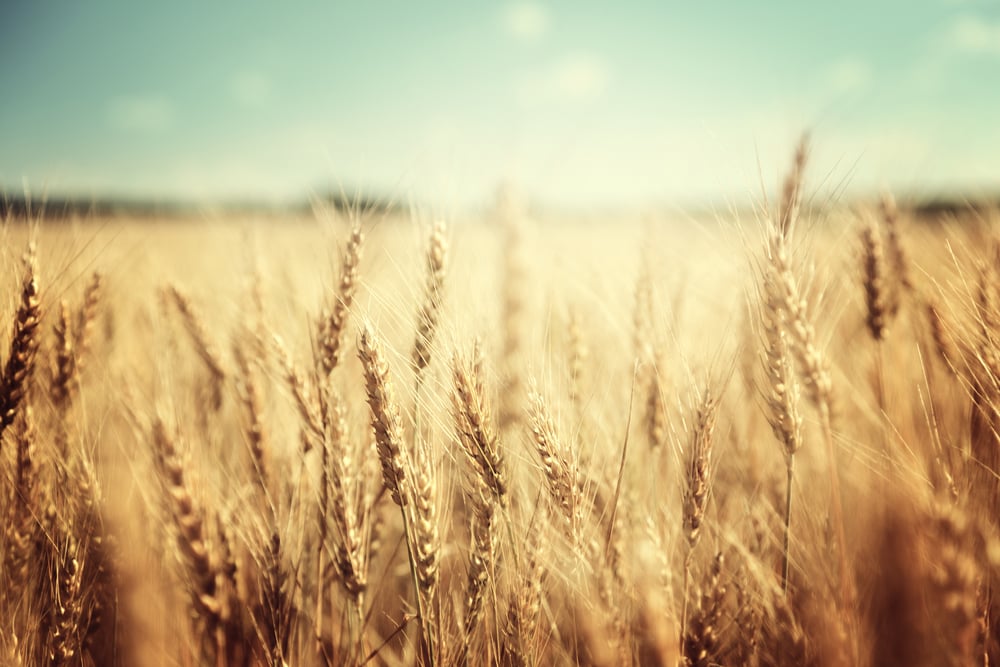UK beef prices have either been increasing or remaining steady at high levels in the last few weeks, driven by a surge in demand ahead of the upcoming barbecue grilling season.
A limited supply of cattle continues to be a major price driving factor in the wholesale beef market. Additionally, fears about the new strain of Bluetongue disease (BTV-3) in the UK have been magnifying market fears.
Warmer weather in the UK and the approaching barbecue grilling season have led to a rise in demand for specific beef cuts. Demand for ribeye, fillets OTM (Over Thirty Months) and rump cuts have been gaining momentum.
The Mintec price for rib-eye in the UK reached £22.95/kg during the week of 8th May 2024, marking a 2% increase month-on-month (m-o-m) and a 9.2% increase quarter-on-quarter (q-o-q).
Similarly, rump prices in the UK rose by 3.4% m-o-m and 9.4% q-o-q over the same period. Buyers have also shown renewed interest in various cuts in the OTM segment, looking for more affordable options within the beef market. Generally, meat from OTM cattle tends to be cheaper than UTM (Under Thirty Months) and PGI meat (specific geographical area that produces high-quality cattle).
The Mintec price for Visual Lean (VLs) trims has also increased, as these trims are commonly processed into burgers and sausages, popular items during barbecues. Market participants anticipate a potential influx of VLs from cold storage as warmer weather approaches and demand for burgers increases.
Another important factor in the UK beef market is the emergence of a new variant of Bluetongue disease (BTV-3) in the UK and Northern European markets. Mortality rates are usually much lower in cattle than in sheep. The disease causes tongue and mucous membrane lesions, problems with swallowing, thus affecting the overall development of the cattle. The disease also results in reproductive issues and if a positive pregnant female cattle get affected with the disease, they can give birth to infected offspring. This has raised concerns due to its effect on overall animal welfare, with 126 cattle and sheep farms in the UK already impacted between November 2023 and early May 2024. The government is actively exploring the development of a vaccine for this variant.

.png?width=145&height=54&name=Mintec_Logo_Small_Use_Mono_RGB%20(2).png)


















